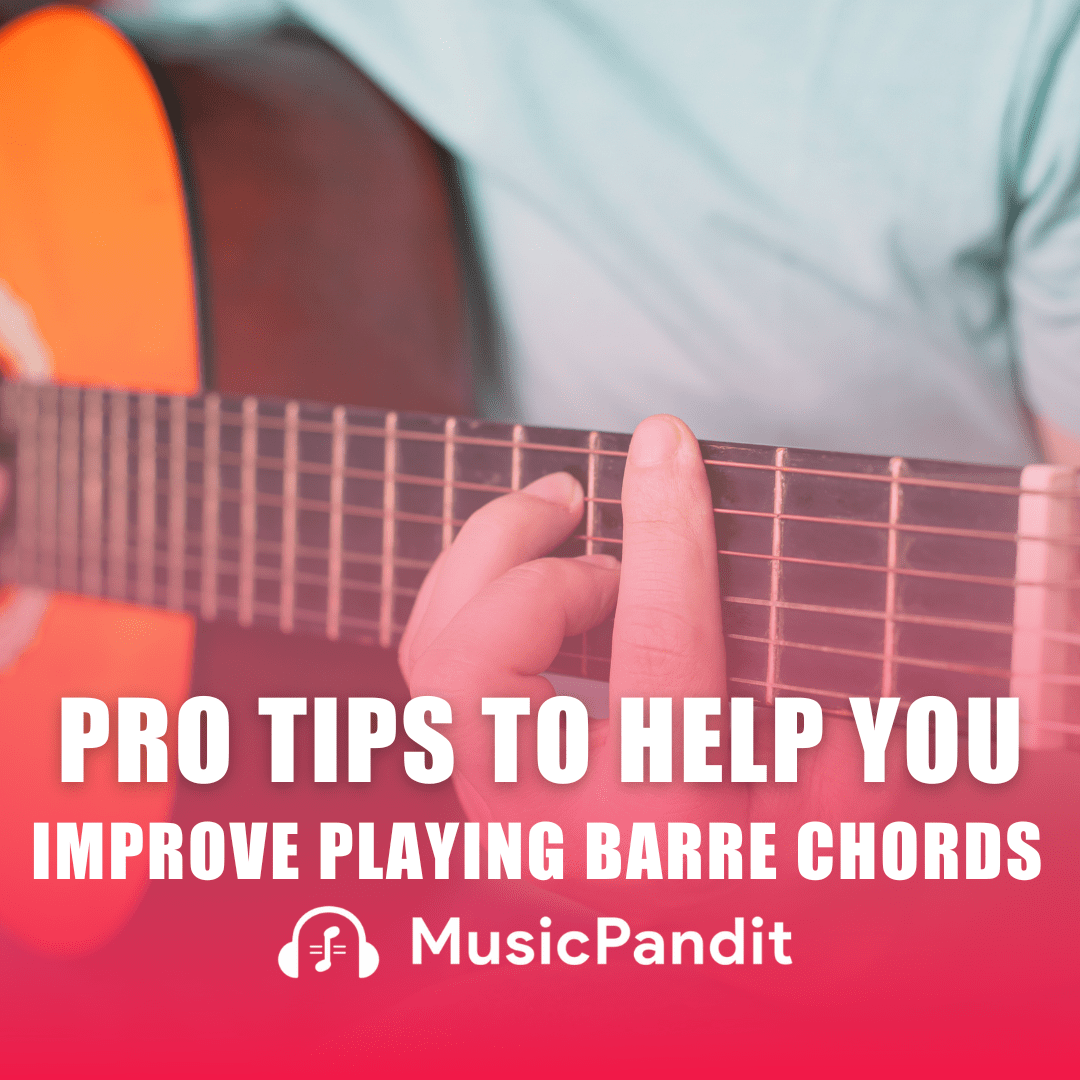Music is a universal language that resonates with people of all ages. For children, learning to play a musical instrument can be a transformative experience, fostering creativity, discipline, and cognitive development.
However, as they grow and their interests evolve, they may express a desire to switch instruments or take on an additional one. As a parent, understanding when and how to support these transitions is crucial to nurturing their musical journey.
The Importance of Musical Exploration
Before delving into the specifics of instrument transitions, it’s essential to recognize the value of musical exploration. Allowing children to experiment with different instruments can:
- Enhance Musicality: Exposure to various sounds and techniques broadens a child’s musical perspective, enabling them to appreciate how different instruments contribute to a composition.
- Foster Adaptability: Learning multiple instruments teaches adaptability and flexibility, skills that are beneficial both within and beyond musical endeavors.
- Boost Cognitive Skills: Engaging with different instruments can enhance cognitive functions such as memory, attention, and problem-solving.
Recognizing the Right Time for a Transition
Determining the appropriate moment for your child to switch instruments or add a second one requires careful consideration. Key factors include:
Duration of Current Instrument Study
It’s advisable for a child to achieve a basic level of proficiency in their initial instrument before introducing a new one. This foundation ensures they have grasped fundamental musical concepts, making it easier to learn another instrument.
Genuine Interest and Motivation
Assess your child’s reasons for wanting to switch or add instruments. Are they genuinely interested in exploring new sounds, or are they seeking a change due to boredom or external pressures? A sincere passion for the new instrument often leads to a more fulfilling experience.
Age and Developmental Readiness
Consider your child’s age and physical readiness. Some instruments may require a certain level of physical development. For instance, the typical starting age for drum lessons is around six years old, as children at this age can maintain interest and follow instructions effectively.
Benefits of Learning Multiple Instruments
Embracing more than one instrument can offer numerous advantages:
Enhanced Musical Understanding
Learning different instruments provides insights into various musical roles, deepening overall musical comprehension. For example, a drummer who learns the piano gains a better understanding of melody and harmony, enriching their rhythmic contributions.
Increased Opportunities
Proficiency in multiple instruments can open doors to diverse musical settings, from solo performances to ensemble participation, thereby broadening your child’s musical horizons.
Cognitive and Social Benefits
Multifaceted musical skills can boost cognitive abilities and offer more avenues for social interaction, such as joining different musical groups or bands.
Potential Challenges and Considerations
While the benefits are substantial, it’s important to be mindful of potential challenges:
Time Management
Balancing practice sessions for multiple instruments requires effective time management to ensure consistent progress without leading to burnout.
Financial Implications
Additional instruments mean increased costs for lessons, instruments, and maintenance. It’s essential to evaluate your budget to sustain this expanded musical journey.
Risk of Overwhelm
Taking on too much too soon can overwhelm a child, potentially diminishing their enthusiasm for music. It’s crucial to monitor their workload and ensure they are not stretched too thin.
Strategies to Support Your Child
As a parent, your support is pivotal in facilitating a smooth transition. Here are some strategies to consider:
Open Communication
Engage in honest discussions with your child about their musical interests and goals. Understanding their motivations can guide you in making informed decisions together.
Consult with Music Educators
Seek advice from your child’s current music teacher or other professionals. They can provide valuable insights into your child’s readiness for a new instrument and recommend suitable options.
Trial Periods
Consider a trial period for the new instrument before making a long-term commitment. This approach allows your child to explore their interest without significant upfront investments.
Structured Practice Schedules
Develop a balanced practice routine that accommodates both instruments. This structure helps manage time effectively and ensures steady progress.
Encourage Ensemble Participation
Involvement in ensembles or bands can provide practical experience and motivation. Playing with others fosters a sense of community and enhances learning.
Conclusion
Supporting your child through instrument transitions or the addition of a second instrument is a multifaceted endeavor that requires thoughtful consideration and active involvement. By recognizing the right time for a change, understanding the benefits and challenges, and implementing supportive strategies, you can nurture your child’s musical growth and ensure a rewarding experience. Remember, the journey of musical exploration is unique for each child, and your encouragement plays a vital role in their development.














